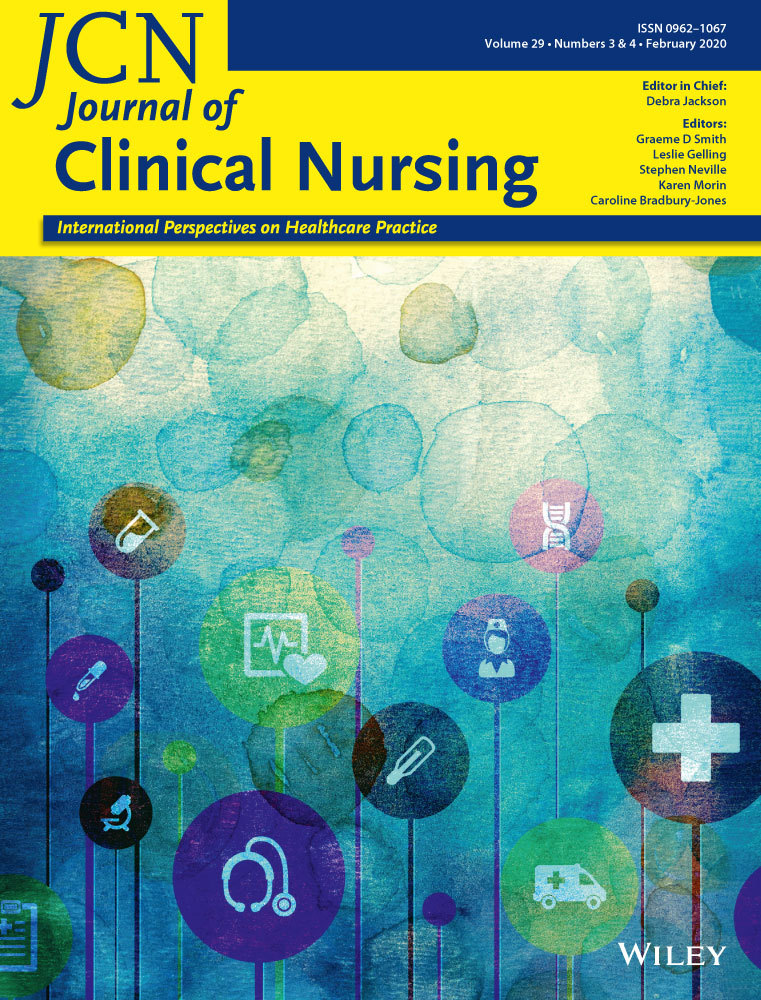Distraction using virtual reality for children during intravenous injections in an emergency department: A randomised trial
Abstract
Aim and objectives
To determine whether the virtual reality as a distracting intervention could reduce pain and fear in school-age children receiving intravenous injections at an emergency department.
Background
An intravenous injection is the most common invasive procedure that paediatric patients encounter in emergency department. School-age children seldom show their fear or discomfort during the procedure which may be ignored.
Design
A randomised controlled trial was conducted from December 2017–May 2018 and performed according to the CONSORT guidelines.
Methods
One hundred and thirty-six children aged 7–12 years were randomly allocated to receive either a routine intravenous injection procedure or one with an immersive virtual reality experience. Children were asked to rate their pain and fear along with their caregivers and nurses on the Wong–Baker FACES Pain Rating Scale and Children's Fear Scale, respectively. The time required for successful intravenous insertion was also assessed in the emergency department. Clinical trial registration was done (ClinicalTrials.gov.: NCT04081935).
Results
Pain and fear scores were significantly lower in the virtual reality group, as were the children's ratings as perceived by their caregivers and nurses. The children's ratings of pain and fear were positively correlated with the caregivers’ ratings and the nurses' ratings as well. The time required for successful intravenous insertion was significantly lower in the virtual reality group.
Conclusion
Visual reality intervention can effectively reduce the pain and fear during intravenous procedure in school-age children in emergency department.
Relevance to clinical practice
The results of this study indicate the feasible clinical value of virtual reality interventions during the administration of intravenous injections in school-age children in emergency departments.
CONFLICT OF INTEREST
The authors declare that there is no conflict of interest.




